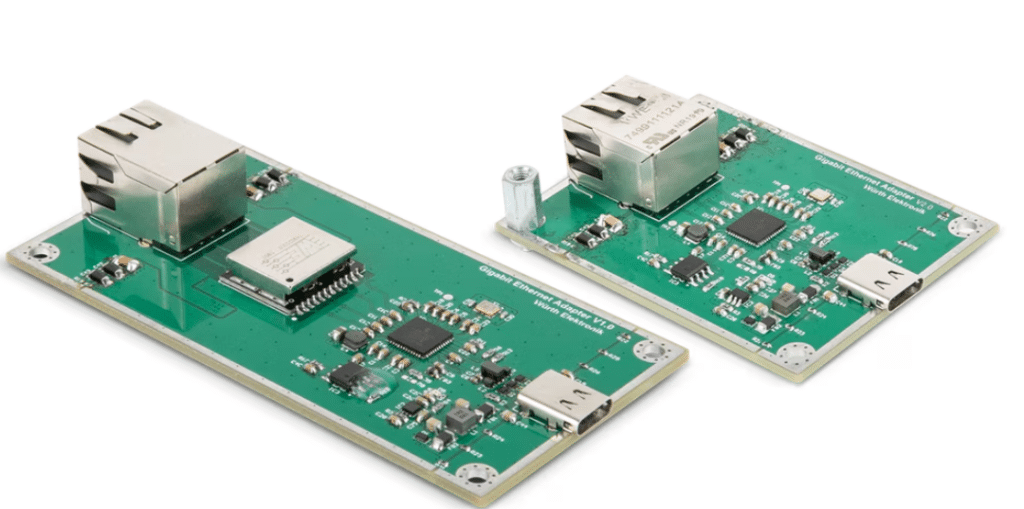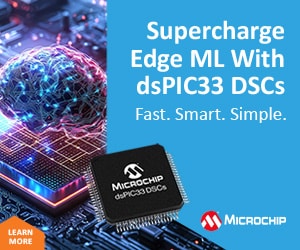Featuring optimized components such as transformers, common-mode chokes, and surge protection, this validated design ensures superior signal integrity, EMC compliance, and IEEE 802.3 compatibility.

In the rapidly evolving landscape of communication networks, Gigabit Ethernet (GbE) has emerged as a standard for high-speed data transmission, enabling efficient and reliable connectivity across various applications. For design engineers, a reference design serves as a crucial resource, offering a validated and optimized blueprint that accelerates development, reduces design risks, and ensures compliance with industry standards. The Gigabit Ethernet front-end reference design provides a practical framework for implementing robust Ethernet solutions in industrial, automotive, and consumer electronics applications. By leveraging a well-structured reference design, engineers can achieve seamless integration, optimize performance, and streamline product development cycles.
The Gigabit Ethernet front-end reference design (RD016A) by Wurth Elektronik presents a comprehensive solution tailored for high-speed data transmission over twisted-pair cables. This design incorporates critical components, including transformers, common-mode chokes, and capacitors, to ensure signal integrity and electromagnetic compatibility (EMC) compliance. The use of isolation transformers minimizes ground loops and enhances signal quality, while common-mode chokes suppress electromagnetic interference (EMI), making the design suitable for environments with stringent noise constraints.
This design features an optimized layout to achieve minimal insertion loss and high return loss, crucial for maintaining signal quality in high-frequency data transmission. Additionally, the inclusion of surge protection components ensures reliability by safeguarding the Ethernet interface against voltage spikes and transient events. The design also adheres to IEEE 802.3 standards, ensuring compatibility with Gigabit Ethernet networks.
One of the key advantages of using this reference design is its adaptability across multiple applications, including industrial automation, automotive Ethernet, and home networking. Design engineers can utilize this reference as a foundation, modifying it to meet specific project requirements while maintaining compliance with industry standards. Furthermore, the reference design includes detailed schematics and layout guidelines, aiding engineers in optimizing PCB design for signal integrity and thermal management.
Overall, the Gigabit Ethernet front-end reference design serves as a valuable resource for engineers seeking a reliable and efficient solution for high-speed data transmission. By incorporating proven design techniques and best practices, this reference facilitates the development of robust Ethernet interfaces, ensuring superior performance and compliance with modern communication standards.
Wurth Elektronik has tested this reference design. It comes with a bill of materials (BOM), schematics, assembly drawing, printed circuit board (PCB) layout, and more. The company’s website has additional data about the reference design. To read more about this reference design, click here.









